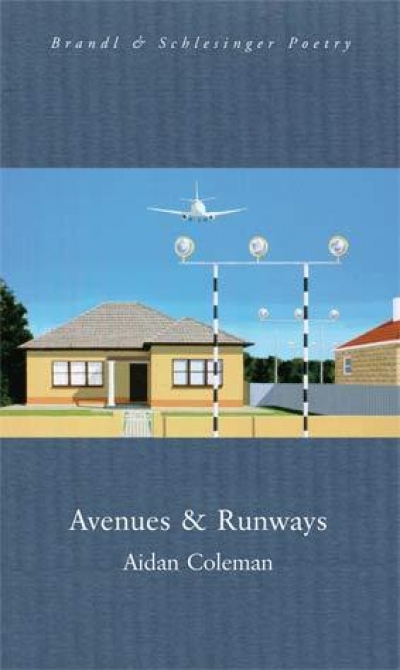Whitmore Press
The Blue Decodes by Cassie Lewis & redactor by Eddie Paterson
by Joan Fleming •
Peter Kenneally reviews 'The Fox Petition' by Jennifer Maiden, 'Breaking the Days' by Jill Jones and 'Exhumed' by Cassandra Atherton
by Peter Kenneally •
From the cover of Jennifer Maiden's latest book (The Fox Petition, Giramondo, $24 pb, 96 pp, 9781922146946), a wood-cut fox stares the reader down. This foreign, seditious animal is the perfect emblem for Maiden's examination of the xenophobia, conformity, and general moral diminution that she sees around her. Giramondo have given Maiden the liberty of an a ...
A Slant of Light by Paul Kane & A Tight Circle by Brendan Ryan
by Toby Davidson •
Jacket edited by John Tranter and Pam Brown & Space edited by Anthony Lynch and David McCooey
by Lisa Gorton •
Avenues & Runways by Aidan Coleman & Throwing Stones at the Sun by Cameron Lowe
by Martin Duwell •






